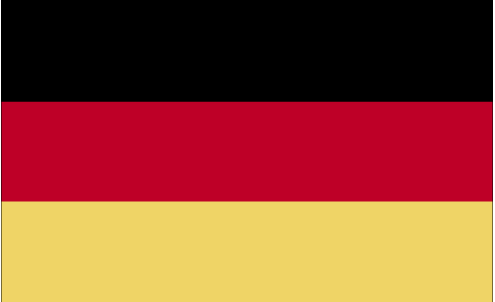Indonesia United States Singapore India Malaysia Philippines China South Africa Nigeria United Kingdom Australia Vietnam Canada Tanzania France Iran Zimbabwe Netherlands Russia Germany Turkey Egypt Kenya Bangladesh Ghana Pakistan Japan Ireland Hong Kong Sri Lanka Sweden Cambodia Thailand Iraq Brazil Taiwan Timor-Leste Ethiopia Uganda Namibia Mauritius Finland Poland Greece Italy South Korea Peru Saudi Arabia New Zealand Czech Republic Jordan Romania Belgium Botswana United Arab Emirates Morocco Spain Palestinian Territory Colombia Somalia Tunisia Hungary Lithuania Portugal Oman Zambia Syria Nepal Ukraine Jamaica Algeria Israel Yemen Bahrain Denmark Kazakhstan Eswatini Switzerland Libya Lebanon Mexico Norway Maldives Mongolia North Macedonia Slovakia Malawi Lesotho Rwanda Bulgaria Cote D'Ivoire Moldova Argentina Slovenia Fiji Brunei Darussalam Austria Kuwait Myanmar Mozambique Mali Bhutan Ecuador Qatar Latvia Serbia Cameroon Trinidad and Tobago Azerbaijan Venezuela Malta Benin Chile Saint Vincent and the Grenadines Macao Kosovo Bermuda Sudan Honduras Afghanistan Luxembourg Cayman Islands Northern Mariana Islands Kyrgyzstan Saint Kitts and Nevis Laos Republic of the Congo Guam Turkmenistan Gambia Montenegro Papua New Guinea Tajikistan Uzbekistan Bosnia and Herzegovina Madagascar Democratic Republic of the Congo Iceland Jersey Bahamas Liberia Reunion Suriname Faroe Islands Burundi Saint Pierre and Miquelon Cabo Verde American Samoa Haiti Georgia Guernsey Estonia U.S. Virgin Islands Saint Lucia Martinique French Polynesia Nicaragua Guatemala Armenia Angola Germany Flag Meaning & Details 72 VISITORS FROM HERE! Germany Flag Flag Information three equal horizontal bands of black (top), red, and gold these colors have played an important role in German history and can be traced back to the medieval banner of the Holy Roman Emperor - a black eagle with red claws and beak on a gold field
Learn more about Germany » CIA - The World Factbook
 Previous Country | Next Country
Previous Country | Next Country  » Back to Flag Counter Overview
» Back to Flag Counter Overview
 Previous Country | Next Country
Previous Country | Next Country  » Back to Flag Counter Overview
» Back to Flag Counter Overview